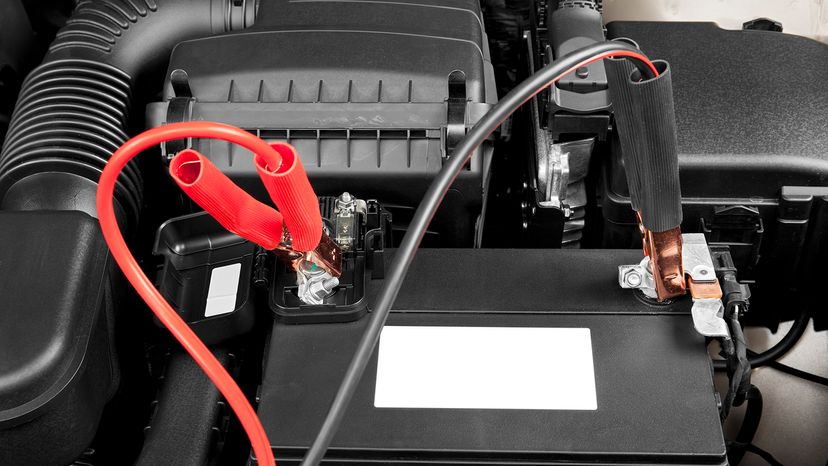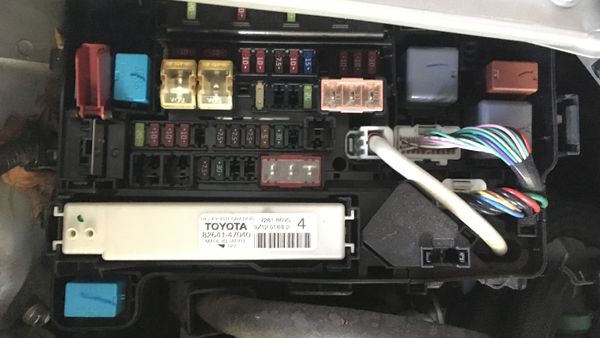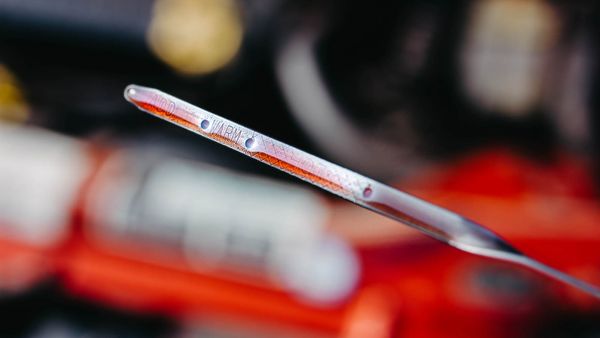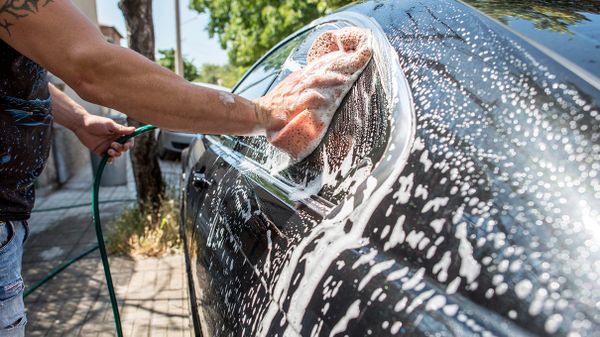
What could be worse than walking out to your car after a long day of work only to have a dead battery. Maybe you left an interior light on or your battery has simply reached the end of its life. Either way, car batteries don't typically give you signs of trouble until it's too late, and then your car just won't start.
So no matter how old (or new) your car is, owning a working set of jumper cables — and knowing how to use them — is a must. First you need the right pair of cables. When you really need them, any set is better than none at all, but if you're buying new jumper cables, Popular Mechanics suggests ones that are 4 to 6 gauge and at least 20 feet (6 meters) long.
Advertisement
Those extra-long cables will come in handy and make connecting batteries easier if you can't put two cars directly next to each other. Also look for jumpers with thicker cables and heavy clamps. They'll be more durable and last longer.
Of course, when it comes time to jump your battery, it's very important to handle the cables properly. Always keep the red and black clamps from touching, and be sure the cables stay apart when you're getting set up — especially once you have the clamps connected to a live battery. If the clamps touch when they're "hot," it could short out one or both cars and will definitely create some sparks.
Since using jumper cables incorrectly can be dangerous, follow every step precisely. Most jumper cables have an instruction card or label so you can make sure you're connecting them the right way.
Advertisement


